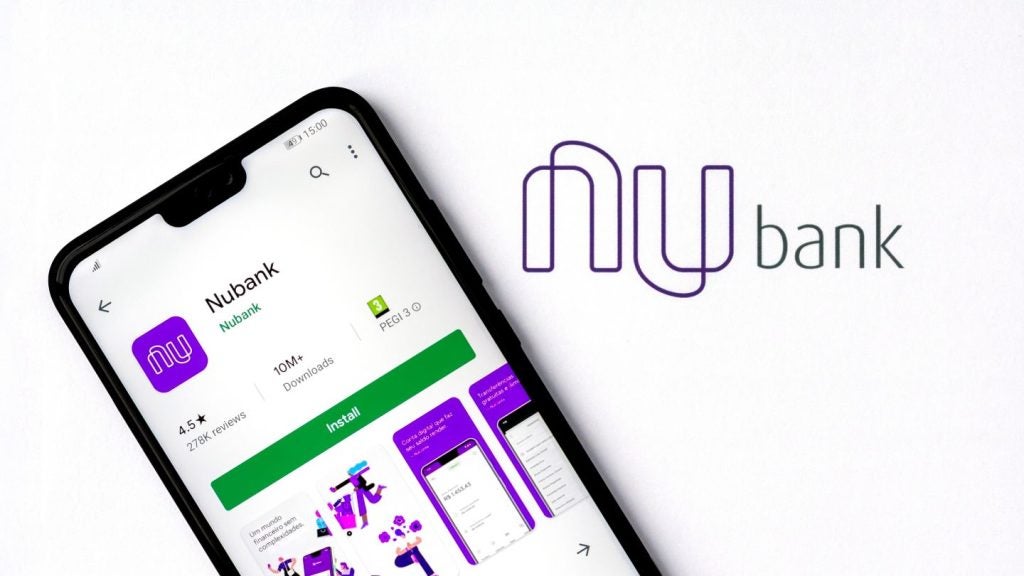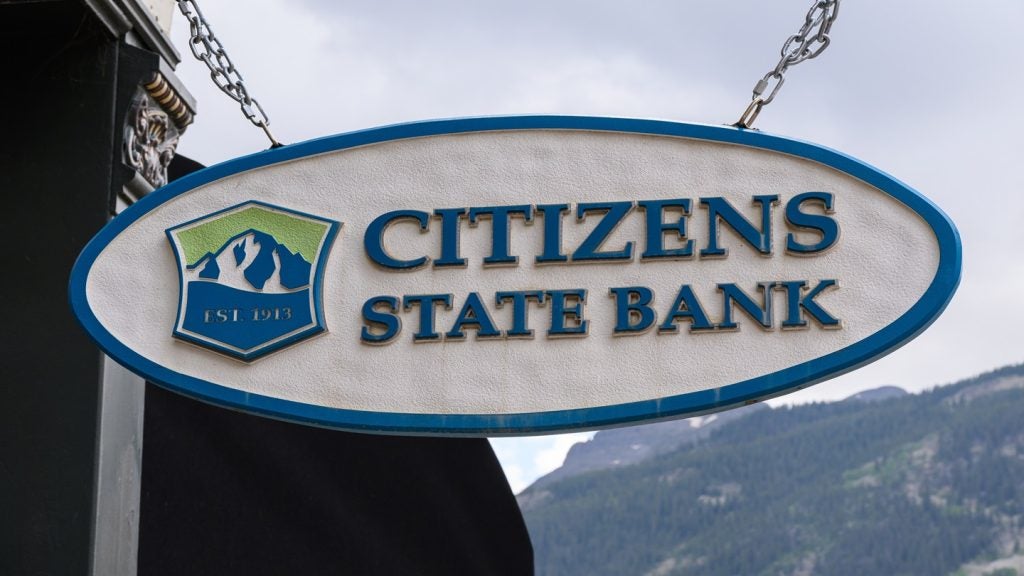African Bank took the unusual step
of buying out a furniture retailer earlier this year in a move the
bank said would give it a competitive leg-up in the changing South
African banking market. CEO Leon Kirkinis tells William Cain how
the bank is dealing with the demands of a different type of retail
banking.
African Bank CEO Leon Kirkinis has
shrugged off criticisms of the bank’s acquisition of retailer
Ellerines – and says it will succeed or fail on whether it delivers
value to customers. African Bank, a consumer lender specialising in
unsecured credit, took over the furniture chain in a ZAR9.16
billion ($1.19 billion) deal in January.

While many banks establish joint ventures
with retailers as a way to provide consumer finance, insurance and
other financial services to customers, this takeover was unusual
because it also saw African Bank put itself in charge of operating
Ellerines’ furniture business.
The bank, which has assets of around
ZAR26.7 billion, recently published its first set of results
including the Ellerines’ business – and initial indications
regarding the success of the deal are mixed.
The bank has been one of the industry’s
most profitable banks as measured by return on assets (ROA) – its
pre-acquisition 2007 profit of ZAR2.1 billion on assets of ZAR11.8
billion gave it an ROA of 17.8 percent – but, according to
RBI estimates, that looks likely to fall as a result of
the acquisition.
Critics have questioned the timing of the
deal with the South African economy weakening, while others have
concerns about whether it is possible for a bank to effectively run
a retail furniture chain. Some have said the deal was not earnings
accretive and also point to an increase in the bank’s
non-performing loans, which rose 16 percent in the bank’s interim
results – although NPLs as a percentage of gross advances fell
slightly.

US Tariffs are shifting - will you react or anticipate?
Don’t let policy changes catch you off guard. Stay proactive with real-time data and expert analysis.
By GlobalDataA question of timing
On the timing of the deal, Kirkinis told
RBI: “It’s precisely when times are tougher that the
customer looks for value. You can sit and debate strategies in the
boardroom and sound like a genius, but the reality is the strategy
only matters to the customer. How many mergers and acquisitions
around the world, so-called synergy-based deals, make no damned
difference to the customer?
“It’s absolutely critical that this deal,
if it is to succeed or fail, it must do so for one reason: did it
deliver value for customers. And there’s nothing better than a
tough environment to find out whether you’re delivering value to
customers, because that’s exactly when they’re looking for –
value.”
 He added execution risk was
He added execution risk was
a “real issue” and said the bank would mitigate by concentrating on
a few core areas, rather than trying to fix too many things at
once. The deal has been watched with interest by some of South
Africa’s top banking executives, and their attention is likely to
be focused on two key areas: how the bank deals with the
differences in collections, and credit granting.
One senior executive told RBI: “I
think there’s a lot of interest among South African banks to
establish something of a consumer finance house, very much the
Cetelem, BNP Paribas type of approach they have in certain
countries in Europe and Brazil.
“There’s a lot of keen interest about what
is happening in that part of the market to see whether a bank
lender and furniture retailer can partner up and find out whether
there’s value in the sum of the parts.”
Collections at Ellerines are based on a
cash collection basis within the stores, where customers pay off
their monthly instalments in cash. African Bank collects its
payments direct from client’s bank accounts which Kirkinis said,
when extended to Ellerines, would offer greater convenience to
customers.
“There are some who say you need the
customers to come into branches to re-sell,” Kirkinis added, “but I
think that is an urban legend, personally.”
Centralising the collections process is
not possible for all customers as a significant part of the South
African population do not have bank accounts. Unbanked customers
would have to continue paying instalments in-store. Around 15
percent of Ellerines’ customers fit into this category.
The two businesses’ credit granting
systems are also very different, with Ellerines pricing for credit
much higher than African Bank’s. Kirkinis said the cost of credit
for Ellerines customers would fall as a result.
He added: “Also, there will be a more
differentiated underwriting process to the risk. Broadly, the
retailers do not have a lot of differentiation in the different
risk categories, but we have up to 50 different risk groups and
therefore prices will be different.
“We want to operate on the basis of trying
to eliminate any cross-subsidisation that happens between the
different risk categories, so every customer pays a different price
for the risk.”
African Bank is the biggest provider of
microfinance in South Africa, with 550 African Bank branches, a
further 1,270 Ellerines stores and around 3 million clients,
including Ellerines customers.
Distribution was a big factor in the deal,
and has effectively given African Bank the largest proprietary
branch network in the country. In time, the bank plans to use them
as selling points for its products.
Kirkinis said: “We will have a process in
those branches. The focus will be on the core offering of selling
furniture on credit, but in time we will evolve to offer more
services in the stores.”
Areas of growth
The bank’s main products are credit cards,
instalment credit, store credit, overdrafts and personal and
micro-loans.
It measures its market in share-of-wallet
terms on those products, and estimates its share to be around 25.5
percent, although its share in the overall lending market is much
smaller. It estimates the size of its market is currently ZAR82
billion and will reach ZAR100 billion by 2010.
Credit cards have been identified as an
important part of the bank’s future growth. It wants to take
advantage of fast growth at the lower end of the income scale,
where account openings have been increasing 19 percent per annum
over the last six years.
Ellerines offered credit to a wider range
of segments than African Bank did in the past, particularly among
lower income groups where it offered credit to customers who were
informally employed and who might also have been without bank
accounts. Kirkinis sees this as an opportunity to gain experience
in areas of the market where the bank has not operated before.
The bank also has some innovative
products, including a card which can be issued immediately
in-branch following an application – which Kirkinis said is a first
in the South African market.
Encouraging results
African Bank’s half-yearly results,
published in June, were the first to include the Ellerines
business. It was incorporated into the group’s accounts from the
start of the second quarter.
Profit before tax was ZAR1.24 billion, up
33 percent on the previous year. Gross advances increased to
ZAR18.6 billion from ZAR9 billion a year earlier – and the lender
aims to increase that figure to ZAR25 billion by 2009. Interest
income on advances increased 30 percent to ZAR1.97 billion,
non-interest income increased 130 percent to ZAR706 million.
 As a non-deposit taking
As a non-deposit taking
organisation, the bank is more sensitive than its more traditional
rivals to the increased cost of wholesale funding – the bank said
this would be one of the key issues it faced in the near future –
and the cost has gone up from 9.2 percent in the first half of 2007
to an estimated 10.5 to 11 percent for FY2008.
Its main target is long-term wholesale
funding from large financial institutions. African Bank has adopted
a conservative approach to liquidity risk, and aims to maintain a
two-to-one gap between the average maturity of its assets and
average maturity of liabilities. It also maintains a cash buffer of
at least three months’ worth of maturing liabilities.
African Bank has existed for 44 years.
Prior to 1988 it was a small commercial bank with its roots in the
underbanked, disadvantaged market. It was bought in 1988 by Theta
Group, merged with three of the group’s loan finance companies, and
its deposit taking business and other non-core assets were phased
out.
Since then it has emerged as South
Africa’s largest unsecured lender, with gross advances of ZAR18.6
billion following the deal with Ellerines.
Kirkinis said the bank did not have any
plans to relaunch its deposit taking business, despite the more
difficult funding environment.
Elsewhere in the South African market both
Absa and Standard Bank have similar arrangements with retailers,
but they stopped short of buying an entire franchise, preferring
instead to take on only the financial services side of operations.
They are both joint ventures, meaning the retailer maintains a
stake in the success of the agreement.
The bank-retailer business model is an
attractive one because of the increasing complexity of the South
African regulatory environment and the level of expertise and
skills required to run a financial services business, which banks
are generally better placed to fulfil. Banks also benefit from
increased access to existing and new customers through retail store
distribution channels.
Still awaiting regulatory
approval
Absa acquired its 50 percent plus one
share stake in Woolworths Financial Services (WFS) in mid-April and
is still waiting for regulatory approval on the ZAR875 million
($109.5 million) deal. It is also subject to a restructure of WFS
to include all existing financial service products at Woolworths, a
food and clothing retailer in South Africa.
The WFS business, which has a credit
account base of 1.6 million customers, includes store cards,
personal loans and Visa credit cards, as well as insurance
products.
Standard Bank partnered with Edcon, one of
South Africa’s leading retailers, in 2005 and also works with
another retailer, Foschini Group.
Kirkinis said the main reason behind
African Bank’s move was that financial services made around 70
percent of Ellerines’ profit and was subsidising the furniture
selling side of the business.
As a result, a buyout of just the
financial services unit only would mean paying “more than you could
justify” and would result in a joint venture between bank and
retailer which Kirkinis said “has never worked in South
Africa”.







